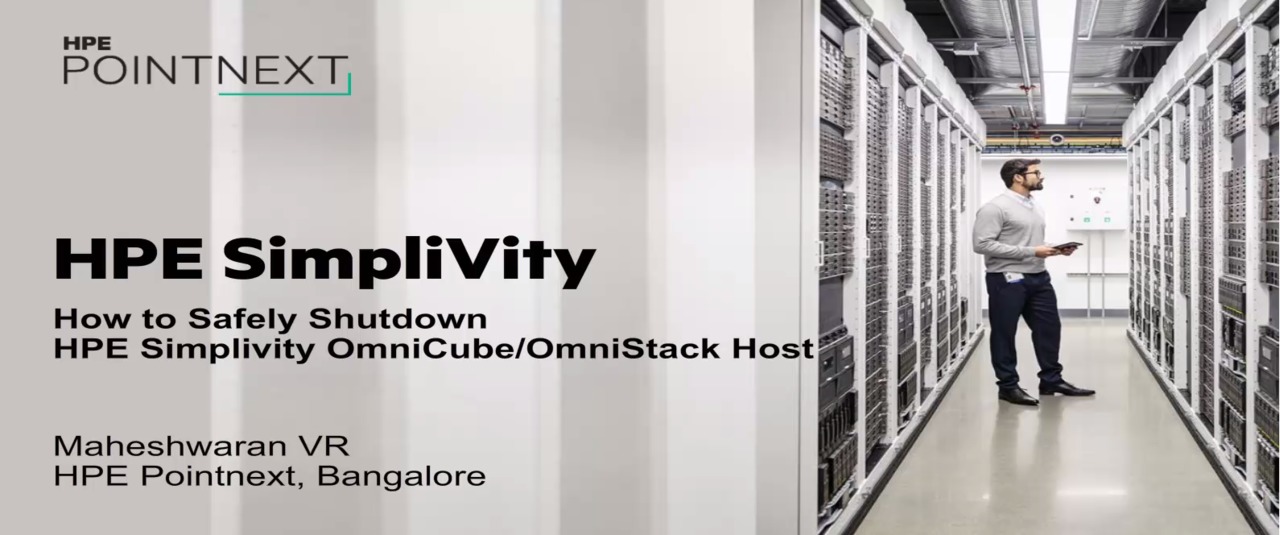

- HPE SIMPLIVITY OAC CARD FAILURE UPDATE
- HPE SIMPLIVITY OAC CARD FAILURE SOFTWARE
- HPE SIMPLIVITY OAC CARD FAILURE CODE
Thus, the converged infrastructure platform looks dramatically different from the legacy platform.
HPE SIMPLIVITY OAC CARD FAILURE CODE
The customer would need to tweak their application code to support the target database. If that passes then the customer is ready to cut over. The trade off here would be the confidence level versus the time required to perform the check. Do random row selects to check the integrity of the copy. Then I would write a set of tests that all must pass in order for the source and target to be considered identical.

At that point, source and target should be identical. We do a final scan, capturing all new rows and applying the last updates and deletes. The source database must be in read only mode.

The customer will have to take a downtime window. The goal of the process is that the source database and target database are identical. Once the difference between the source and the target is the marginal change rate, then you are ready to move into the sanity check phase. And so forth, until the target catches up to the source. By the time you finish all of that, of course the source database has changed.

Once you complete the first scan, you check and apply all of the updates and deletes.
HPE SIMPLIVITY OAC CARD FAILURE UPDATE
That’s the point of the triggers: upon update or delete of a row, that event gets recorded into the metadata tables on the target database. However, you also need to account for the updates and deletes. All of the data gets moved over to the target in this manner. Each mover takes a subset of the data, and walks through it, row by row. You divide the table up according to the number of mover bots. You take each table in the source schema, one by one. Basically, you trade the time required for the move versus the performance impact. The customer would need to accept the performance hit on the source database. Once all of that is setup we’re ready to move into the move phase. The target database would need some metadata tables, as well as the identical tables as the source.
HPE SIMPLIVITY OAC CARD FAILURE SOFTWARE
Those VMs would run the software during the move phase. I would also provision a bunch of cloud VMs using something like AWS. No other changes to the source database would be required. The customer would need to tweak the update and delete triggers on all tables in this schema. Certainly, I would do Oracle PL-SQL first, but eventually SQL Server and DB2 could be supported. Eventually, you would be able to enter some database rows, and that data would enable a new target database format. I have pretty well lined out the approach in MongoDB, but you could use any NoSQL database you want. In the setup I would create the infrastructure necessary to enable the move. This blog post describes how I would do this. The general idea is to empower customers to be able to migrate Oracle database data to NoSQL, and to do so at scale. I’m thinking about writing a piece of software.


 0 kommentar(er)
0 kommentar(er)
